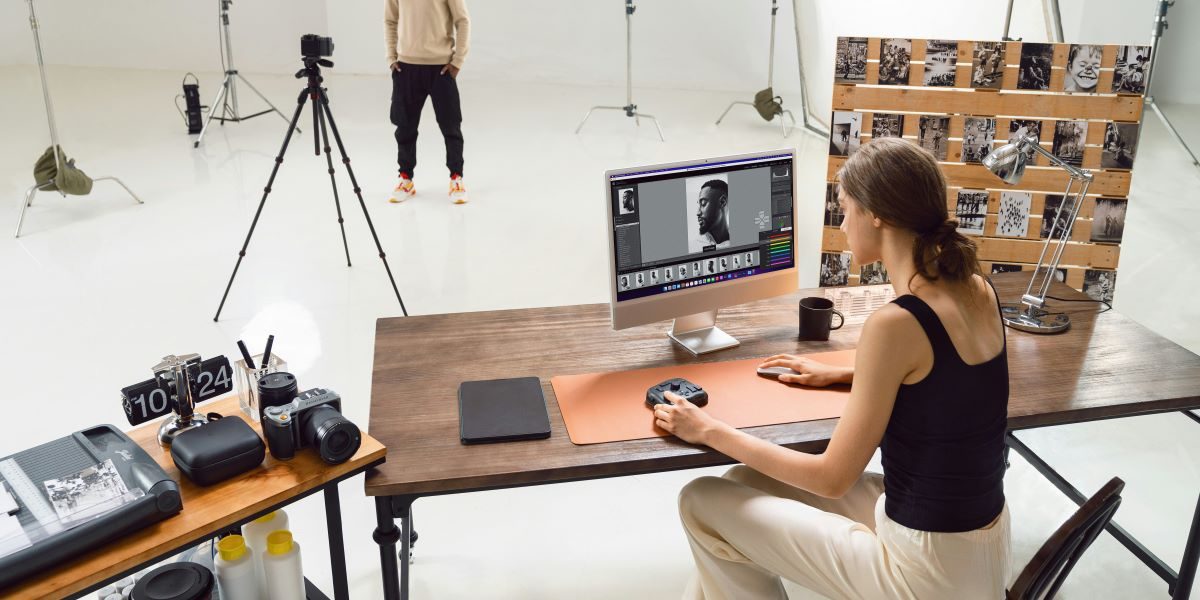Color grading is an essential part of cinematic storytelling, transforming raw footage into a visually compelling experience. While basic color correction addresses exposure and color balance, advanced color grading techniques enable creators to craft distinct moods, emphasize narrative elements, and add polish that elevates a film’s aesthetic. Mastering tools like curves, color wheels, masks, and tracking allows for precise and creative control. This article explores advanced color grading techniques that are fundamental to achieving professional cinematic looks.
Read also: The Neuroscience of Memory: How the Brain Stores and Retrieves Information
Working with Curves and Color Wheels
Curves and color wheels are powerful tools in advanced color grading. Curves allow fine control over the tonal range of an image by adjusting brightness levels across shadows, midtones, and highlights. By manipulating curves, colorists can create subtle contrast enhancements or dramatic tonal shifts, shaping the image’s overall feel.
Color wheels provide control over hue, saturation, and luminance within specific tonal ranges, often separated into shadows, midtones, and highlights. This separation allows targeted adjustments that maintain balance while refining color. For example, warming midtones while cooling shadows can add depth and dimension.
The combination of curves and color wheels gives colorists the flexibility to tailor the image precisely. Experimenting with these tools helps define a visual style that supports the story, whether it’s a gritty thriller or a vibrant fantasy.
Balancing Exposure and Contrast
Proper exposure and contrast balance are fundamental to compelling images. Advanced color grading goes beyond correcting under or overexposed footage to creating dynamic contrast that guides viewers’ attention and enhances storytelling.
Balancing exposure involves adjusting the brightness of different parts of the image to ensure important details are visible without losing richness. Shadows can be deepened to create mood, while highlights are preserved to retain detail in bright areas.
Contrast adjustments impact the visual punch of an image. Increasing contrast can make scenes feel more intense, while lowering it can produce a softer, dreamier look. Colorists must consider the narrative context when making these choices, as contrast influences emotional tone.
Using scopes and histograms during grading ensures adjustments are accurate and consistent across scenes. This technical precision prevents issues like clipping, where highlights or shadows lose detail, preserving image quality.
Creating Mood with Color
Color grading is a storytelling tool that sets mood and atmosphere. Advanced colorists use color creatively to evoke emotions, signify time or place, and reinforce themes.
For instance, desaturated colors and cool tones can evoke feelings of loneliness or tension, common in dramas or thrillers. Conversely, warm, saturated hues often communicate comfort, nostalgia, or happiness.
Color grading also helps distinguish different narrative threads or timelines. Changing color temperature or saturation subtly can cue audiences to shifts in story or character perspective without explicit exposition.
Experimenting with complementary and analogous color schemes can create harmony or visual tension. Colorists consider cultural and psychological associations of colors, crafting palettes that resonate with audiences and enrich the viewing experience.
Secondary Color Adjustments and Using Masks and Tracking for Precision
Secondary color adjustments allow precise modifications to specific areas or colors within the frame. Using masks and tracking, colorists isolate regions such as faces, skies, or objects to apply changes without affecting the entire image.
Masks can be drawn manually or generated automatically based on color ranges or shapes. Tracking technology follows these masks as the subject moves, ensuring consistent correction throughout a shot.
This precision enables enhancements like brightening a character’s eyes, correcting skin tones, or intensifying a sunset’s hues. It also facilitates creative effects, such as spotlighting elements or stylizing backgrounds.
Combining secondary adjustments with tracking requires technical skill and attention to detail but greatly expands the creative possibilities of color grading. Mastery of these techniques distinguishes professional colorists and elevates cinematic storytelling.
Advanced color grading techniques involve both artistic vision and technical expertise. Working confidently with curves, color wheels, exposure, contrast, and precision tools like masks and tracking empowers filmmakers to craft visuals that deeply engage audiences. Developing these skills unlocks the full potential of color as a storytelling medium in cinema.
















